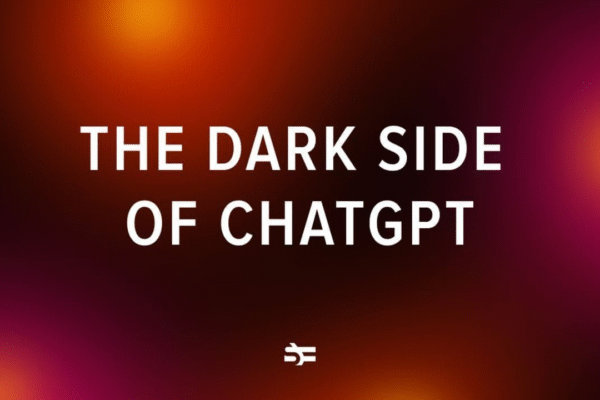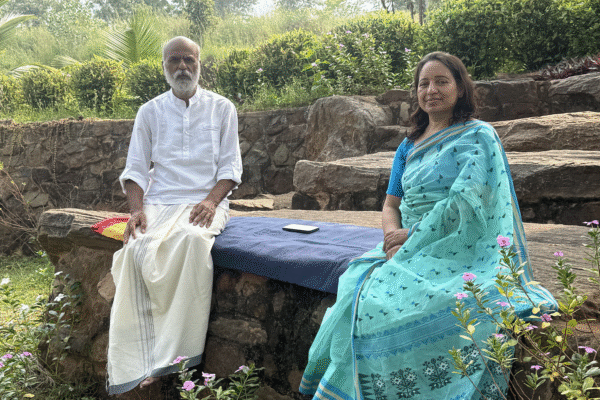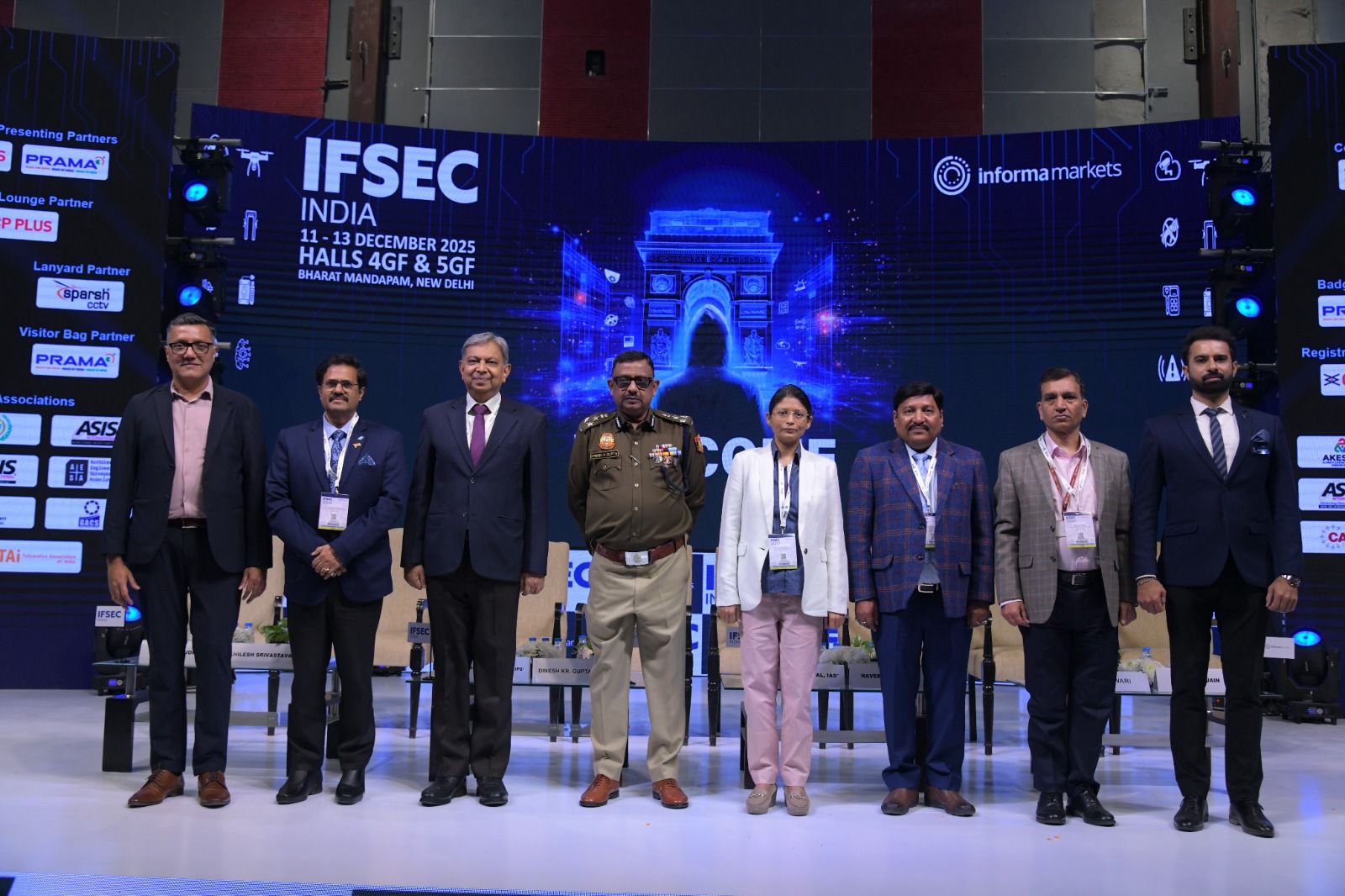

Soon after the Mumbai arrest, Bengaluru officials caught couriers carrying LSD stamps and ecstasy pills. In Delhi, police intercepted cocaine concealed in cosmetic bottles. Meanwhile, in Europe, border forces seized record quantities of MDMA, while Australian authorities reported the largest meth haul of the year. Each case points to the same pattern: drugs move across borders with ease, and seizures only scratch the surface of the real volume.

Furthermore, traffickers now operate with advanced tools. They use encrypted messaging, dark-web orders, and cryptocurrency payments. These methods reduce their risk and increase their reach. As a result, airports, seaports, and postal systems face a flood of narcotics on a scale they have never seen.
Synthetic drugs worsen the situation. They can be produced in small, hidden labs. They require fewer ingredients. They generate higher profits. Therefore, they spread through global markets quickly. Countries that once served only as transit points have now become manufacturing hubs, adding new layers to the crisis.
Despite frequent arrests, the supply chain rarely breaks. Cartels replace every arrested courier instantly. The Mumbai seizure, though significant, is only one tile in a much larger mosaic of global drug trafficking. And each new incident shows how aggressively the narcotics economy grows.
Why Governments Fail to Act—And What Their Inaction Costs the World
Even as seizures rise, government action remains slow, inconsistent, and often cosmetic. Authorities announce raids and hold press conferences. However, they rarely invest in long-term solutions.
One major reason is outdated infrastructure. Many anti-drug units still rely on old scanning machines and limited staff. They struggle to track digital payments or decode encrypted chats. Consequently, traffickers stay several steps ahead.
Political hesitation adds another layer of weakness. Leaders fear backlash when they propose stronger drug laws. Some worry about human rights debates. Others avoid confronting powerful criminal networks. Therefore, they settle for temporary fixes instead of structural reform.
Corruption also plays a damaging role. In some regions, local officials, border guards, and even politicians maintain silent ties with trafficking networks. This complicity allows drugs to cross checkpoints smoothly. It also discourages honest officers who want to act.
Equally troubling is the lack of investment in rehabilitation. Governments focus heavily on policing but ignore the rising number of users. With limited treatment centers and almost no preventive education, demand keeps increasing. And as long as demand remains strong, supply never stops.
The cost of this inaction is enormous. Drug addiction destroys families. It fuels violence and organised crime. It drains healthcare systems. And it weakens the economic strength of entire nations. The Mumbai case, and many others like it across the world, are not warnings—they are symptoms of a crisis governments have refused to confront.
Her arrest did not merely add another case to Mumbai’s narcotics file. Instead, it became another crucial fragment in an expanding global puzzle that reveals how international drug trafficking has evolved into a far more sophisticated, agile, and borderless threat than ever before.

A seasoned journalist with over 30 years of rich and diverse experience in print and electronic media, Prabha’s professional stints include working with Sahara English Magazine, Pioneer and JAIN TV and All India Radio. She has also been writing in Pioneer. She has also produced several documentary films through her self-owned production house Gajpati Communications. She is also the Station Director of Aligarh-based FM Radio Station, and the General Secretary of WADA NGO.









